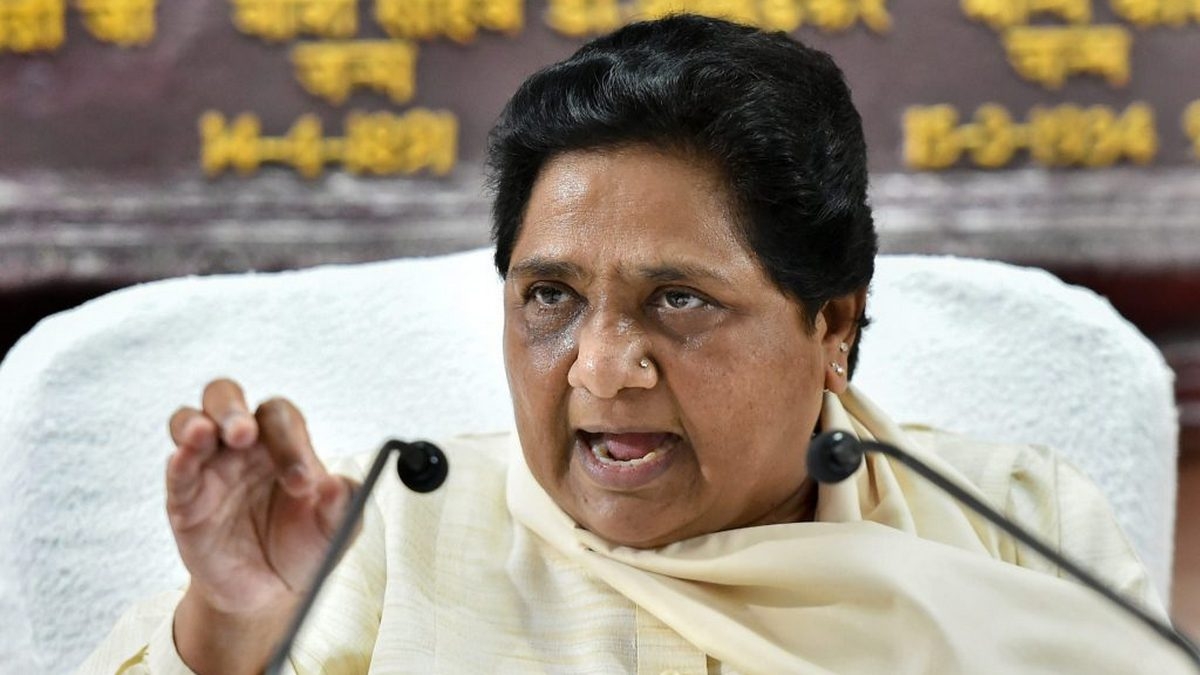Deadly livelihood: One farm suicide every hour in India

At least one farmer killed himself every hour in India even as Prime Minister Narendra Modi kept assuring to ease the pain of the agriculture sector. According to provisional data provided by National Crime Records Bureau (NCRB), 11,370 farmers committed suicide in 2016. That's only marginally below the 12,602 deaths in 2015.
This was revealed in answers by the Union agriculture minister Radhamohan Singh and his deputy Parshottam Rupala to questions in both Houses of Parliament. The ministers used provisional data for 2016 because the NCRB, under the Union home ministry, hasn't yet put up its report for accidental deaths and suicides – after nearly 15 months.
The tally for 2014 and 2013 were 12,360 and 11,772, respectively.
Among the 11,370 suicides in 2016, 6,351 were 'farmers/cultivators' while 5,019 were 'agricultural labourers'. In 2015, 8,007 farmers and 4,595 agri labourers killed themselves. In 2014, the numbers were 5,650 and 6,710, respectively. There was no break-down of the 2013 data.
'Bankruptcy or indebtedness' and 'farming-related issues' were the major causes for such suicides, as cited by the NCRB in its 2015 report, Rupala said in his answer to Lok Sabha on 20 March.
The data shows that not much has changed for the lot of farmers. Soon after the Modi-government assumed office, Magsayay awardee journalist P Sainath had pointed out that nearly 3 lakh farmers (2,96,438 to be precise) had killed themselves between 1995 and 2013.
The numbers since then have taken the tally to past 3.3 lakhs. Meanwhile, farmers and farming communities from various parts of the country have regularly erupted in protests – be it the Jats in Haryana, Kapus in Andhra Pradesh, Patidars in Gujarat, agriculturists of Mandsaur region in Madhya Pradesh or those of Tamil Nadu who camped in New Delhi's Jantar Mantar for days on end. Many have been forced to migrate from areas like Bundelkhand, crippled by successive droughts. The Patidar agitation also arguably had an effect on the Assembly elections in Gujarat, where the ruling Bharatiya Janata Party barely managed to scrape through.
Maharashtra, which recently saw a massive farmers' march to state capital Mumbai, continued to top the tally with 3,661 suicides in 2016. Farmer suicides and protests are nothing new to the state and how deep the despair is was verified by the numbers for the previous years – 4,291 in 2015; 4,004 in 2014 and 3,146 in 2013.
Karnataka followed Maharashtra with 2,079 farm suicides in 2016 – a huge spike from 1,569 in 2015; 768 in 2014 and 1,403 in 2013. Madhya Pradesh was third-highest on the list with 1,321 deaths in 2016; 1,290 (2015); 1,198 (2014) and 1,090 (2013).
Andhra Pradesh, which was only after Maharashtra in '13 with 2014 suicides, registered a significant fall (804 in '16; 916 in '15 and 632 in '14). But once numbers from Telangana, which split from the state in 2014 are added, the real picture emerges: 645 in '16; 1,400 in '15 and 1,347 in '14.
Among other states, Chhattisgarh reported 682 suicides in 2016, Gujarat reported 408, Tamil Nadu 381, Punjab 271, Haryana 250, Uttar Pradesh 184, Odisha 121 and Assam 70. The remaining states reported below 50 deaths.
Among the big states, West Bengal and Bihar surprisingly reported 'zero' farm suicides. Bengal, in fact, reported no suicides throughout except 230 deaths in 2014, raising questions on the figures.
Chhattisgarh had earlier reported zero farm suicides three years in a row, as pointed out by Sainath's report, but then returned to the list. This also raises doubts on how closely such deaths are monitored in respective states.
While drought and a vicious cycle of debt have been major hurdles for farmers, many economists also estimated that the demonetisation policy announced by the Centre on 8 November, 2016 would cripple the sector further. If that turns out to be true, the reportfor 2017 would be no better.



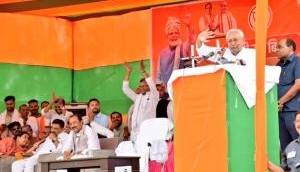
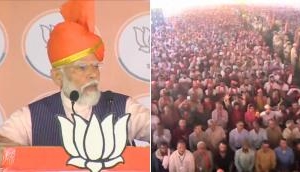
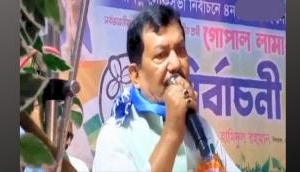
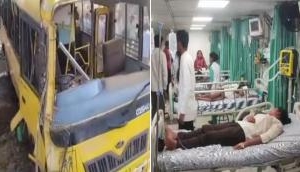
![BJP's Kapil Mishra recreates Shankar Mahadevan’s ‘Breathless’ song to highlight Delhi pollution [WATCH] BJP's Kapil Mishra recreates Shankar Mahadevan’s ‘Breathless’ song to highlight Delhi pollution [WATCH]](http://images.catchnews.com/upload/2022/11/03/kapil-mishra_240884_300x172.png)

![Anupam Kher shares pictures of his toned body on 67th birthday [MUST SEE] Anupam Kher shares pictures of his toned body on 67th birthday [MUST SEE]](http://images.catchnews.com/upload/2022/03/07/Anupam_kher_231145_300x172.jpg)




